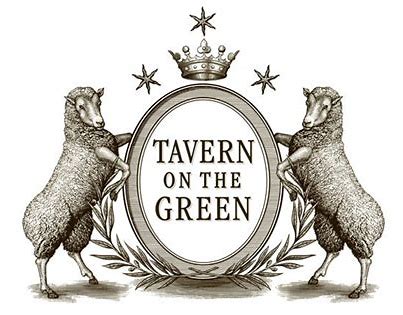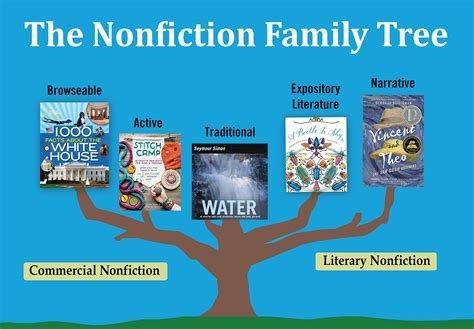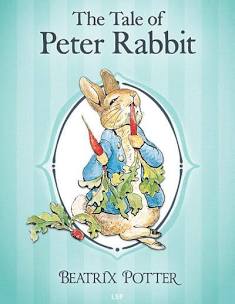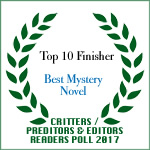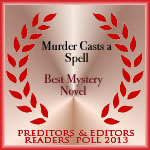
One of the most important things an author can do is generate feelings and emotions in readers. The best way to accomplish this is to get inside your characters head and reveal that character’s emotions and feelings to your readers. This simple action will enable readers to relate to characters on a deep personal level. There are various strategies to use to get inside your character’s head. Here are some that work for me:
• The most effective way for me to show what’s going on in my character’s head is to recall my own emotional response to a given situation—dangerous, sad, happy, unexpected. I provide my character with similar responses.
• Not all people react to experiences or events in the same way so I try to think about the different ways real people would respond if my story event happened to them.
• Always consider what your character thinks about a story event and why it does or doesn’t matter to hin/her.
• Keep in mind that humans perceive the world through their senses. It’s the same with characters. Always describe the character’s world through what she can see, hear, feel or smell.
• In order to get into your character’s head, first describe what has happened or his physical environment. Then describe your character’s response, thoughts and his spoken words to let the reader into his head.
These are some strategies I use to get into my character’s head. If you have other strategies, I’d love to hear them.





